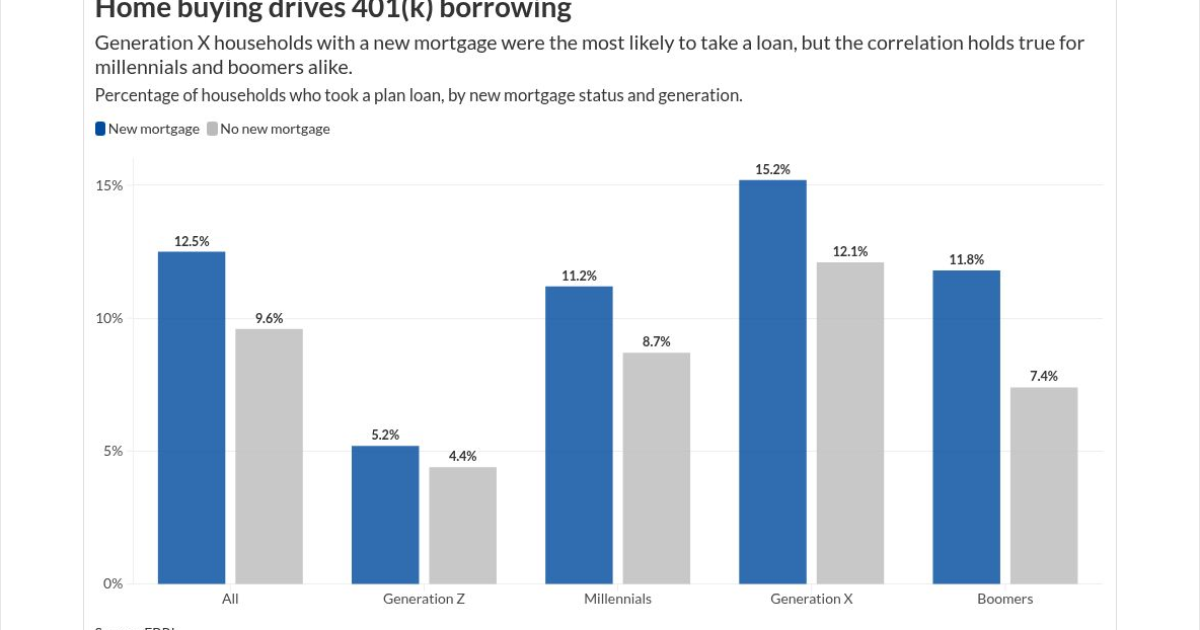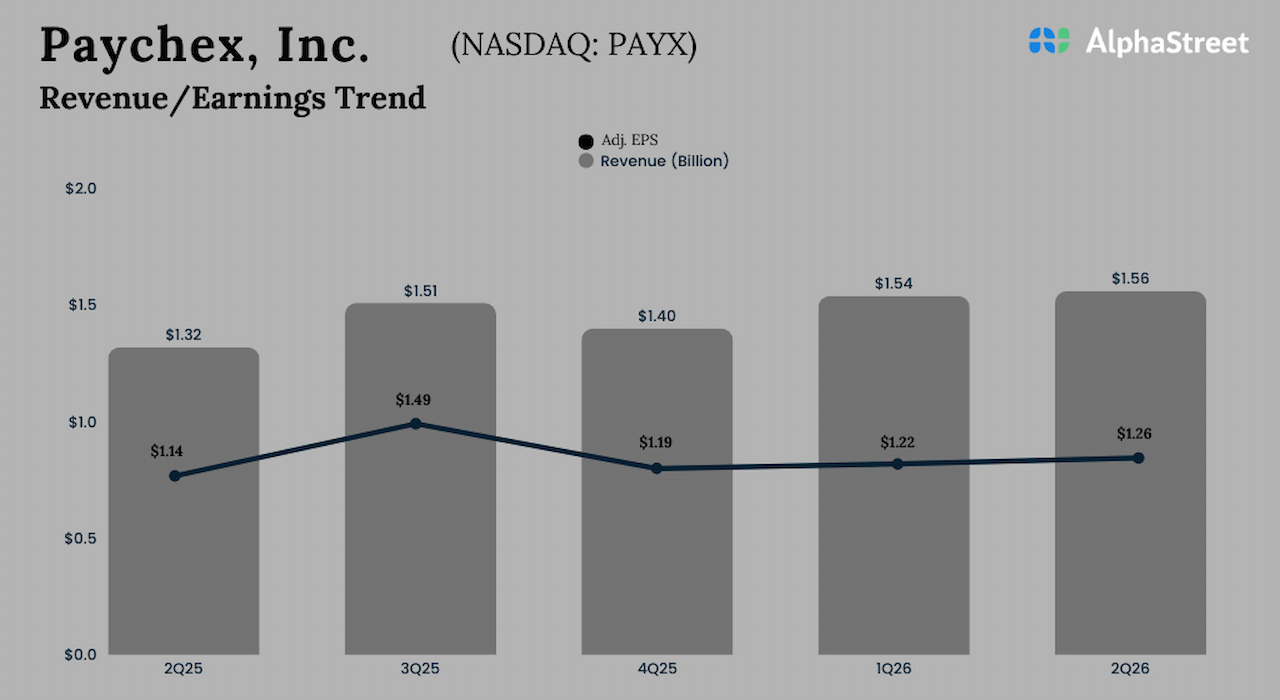Childcare has become so expensive that many families have given up looking for affordable options and are providing the service themselves, forcing them to make tough financial and personal sacrifices.
While consumer prices overall have cooled off sharply from 40-year highs in 2022, childcare costs have not and were up 5.2% year over year in September—more than 1.5 times the total inflation rate, according to a note from Bank of America Institute last week.
That could be why fewer families are paying for childcare. Drawing on the bank’s payments data, BofA found a 1.6% annual decline in the number of households making monthly payments in September, breaking a trend of increases, while the amount of the average monthly payment rose 3.6%.
After steadily increasing over the last four years, the cost of daycare for one child now exceeds one month’s rent for many families, the note added, citing Labor Department data.
The ongoing government shutdown could make the situation worse, by threatening early childhood Head Start programs for lower-income families.
Meanwhile, wage growth hasn’t kept up with rising costs for less affluent households, forcing them to stop buying other things. According to BofA, credit and debit card spending among lower-income families with childcare payments has been flat in recent months, while spending by higher- and middle-income households has accelerated.
As childcare costs jump and wages gains stay muted, more families have to make hard choices.
For example, parents that pay for childcare have drawn down their savings by nearly a third on average just for that one cost, BofA said, citing data from Care.com. Another option is to work less and provide that care directly.
“Faced with these escalating costs, many families are torn between spending a large portion of their paychecks on such care, finding lower-quality options, reducing their working hours, or leaving the workforce altogether to become full-time caregivers,” BofA said.
The burden falls on women in particular. Their labor force participation rate has been sliding consistently in recent months while the rate for men has trended higher.
And for the first time since 2021, the number of women who cite their families as a reason for not being in the labor force is rising, after three straight years of declines.

“The lack of a robust care infrastructure may continue to prevent mothers from achieving their full potential in the labor force,” the Labor Department said in a report last year.
The childcare crisis is another reason why there is a growing gender gap in remote work as more employers start implementing return-to-office policies.
In fact, data from the Brookings Institution shows mothers of young children have the highest rate of fully remote work across the board.
And research from Upwork last year found 63% of C-suite leaders whose companies had mandated an office return of some sort said the policy led a disproportionate number of women to quit.
In addition to the financial cost of childcare, the emotional toll is heavy too. A Care.com survey from earlier this year found nearly a third of parents have considered suicide or self-harm due to the overwhelming stress of caregiving.
“The level of stress and mental load on parents today has reached unacceptable heights, spurring detrimental outcomes,” Care.com CEO Brad Wilson said in the Cost of Care report. “We, as a society, cannot stand idly by while parents endure a daily depletion of their time, money and energy taking care of those who depend on them the most.”























